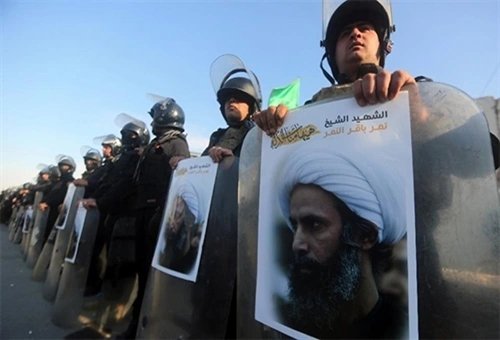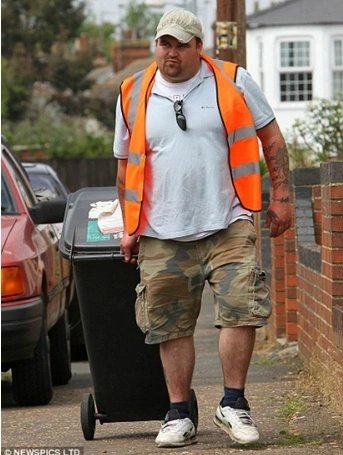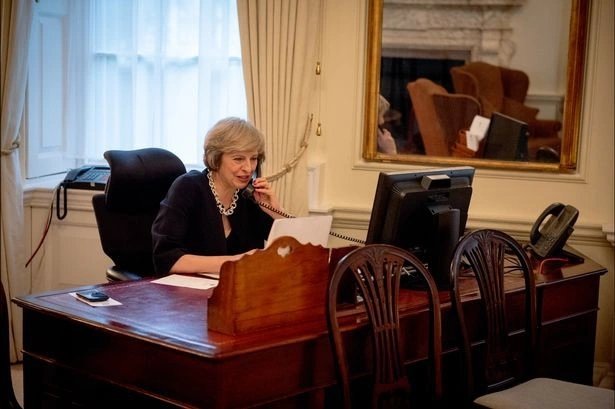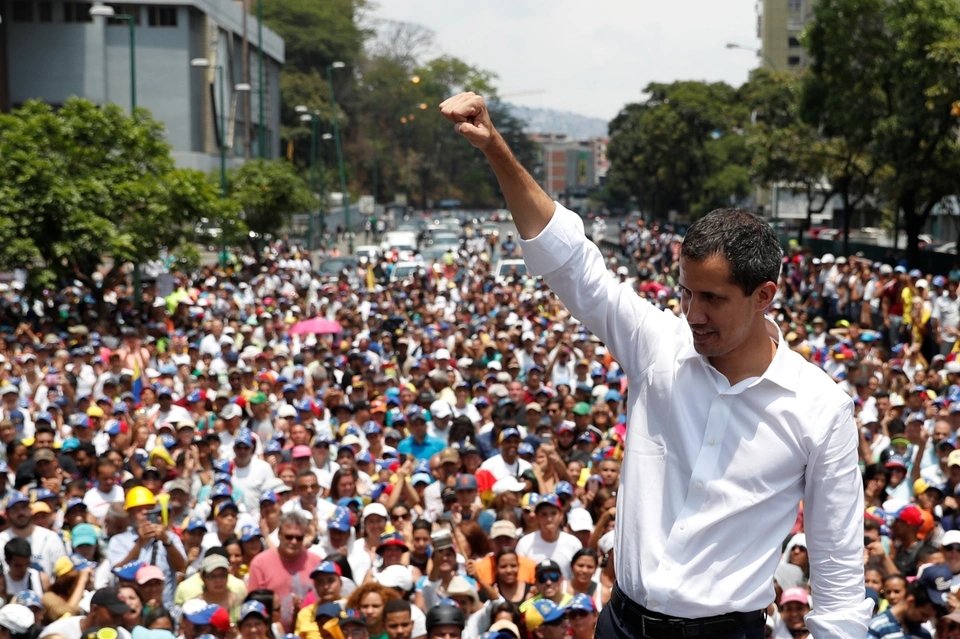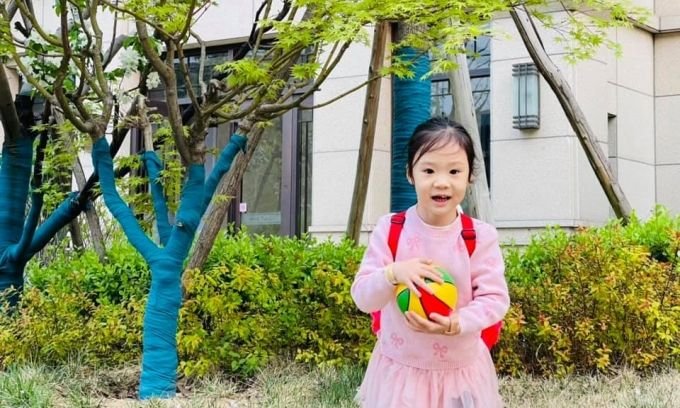
The Chinese government announced on May 31 that couples can have a third child, a major departure from the two-child limit, after recent data showed the birth rate in the world’s most populous country.
Despite the abolition of the one-child policy in 2016, China’s birth rate is now down to just 1.3 children per woman, lower than the 2.1 needed to ensure a stable population.
A 3-year-old child on the way to kindergarten for children of Tsinghua University, Haidian district, Beijing, in April. Photo: Thu Ha.
If you give birth at a public hospital, state insurance will cover all testing and delivery fees.
Well-off families often hire a nanny, who takes care of the mother and baby during the month of confinement, for $2,350.
After feeding their children with powdered milk imported from Australia and New Zealand and sending them to early education centers, well-off parents will have to find a way to buy houses in districts with many good schools like Hai Dien in the North.
People who are not eligible to send their children to public schools because they do not have household registration will have to send their children to private schools, with tuition from 6,300 to 39,000 USD a year.
Competition in raising children in China is so fierce that people call these children `ke oa` (industrial chickens), a term used to refer to the practice of parents injecting `chicken blood` into their children by stuffing them.
To ease pressure on children and raise birth rates by reducing education costs, Chinese officials have tightened control over the booming tutoring industry.
According to a report by the Shanghai Academy of Social Sciences in 2019, a middle-class family living in Jing’an district, downtown, spent more than 131,600 USD for a child from birth to middle school, including
Lower-income households in Tinh An or the suburban district of Man Hang spend more than 70% of their income under $7,800/year on their children.
China’s Politburo said on May 31 that it would reduce education costs, improve maternity care and insurance, and provide housing and tax support for families.
The cost of raising older children, the pressure of being an only child, as well as the expectation that they will take care of their parents as adults, make many young people not want to have children.
`Even if the policy is changed to having 5 children or 8 children, house prices are still the best sterilization tool,` one person wrote.
`There’s nothing wrong with changing the policy, I just hope they don’t force it,` another wrote.



